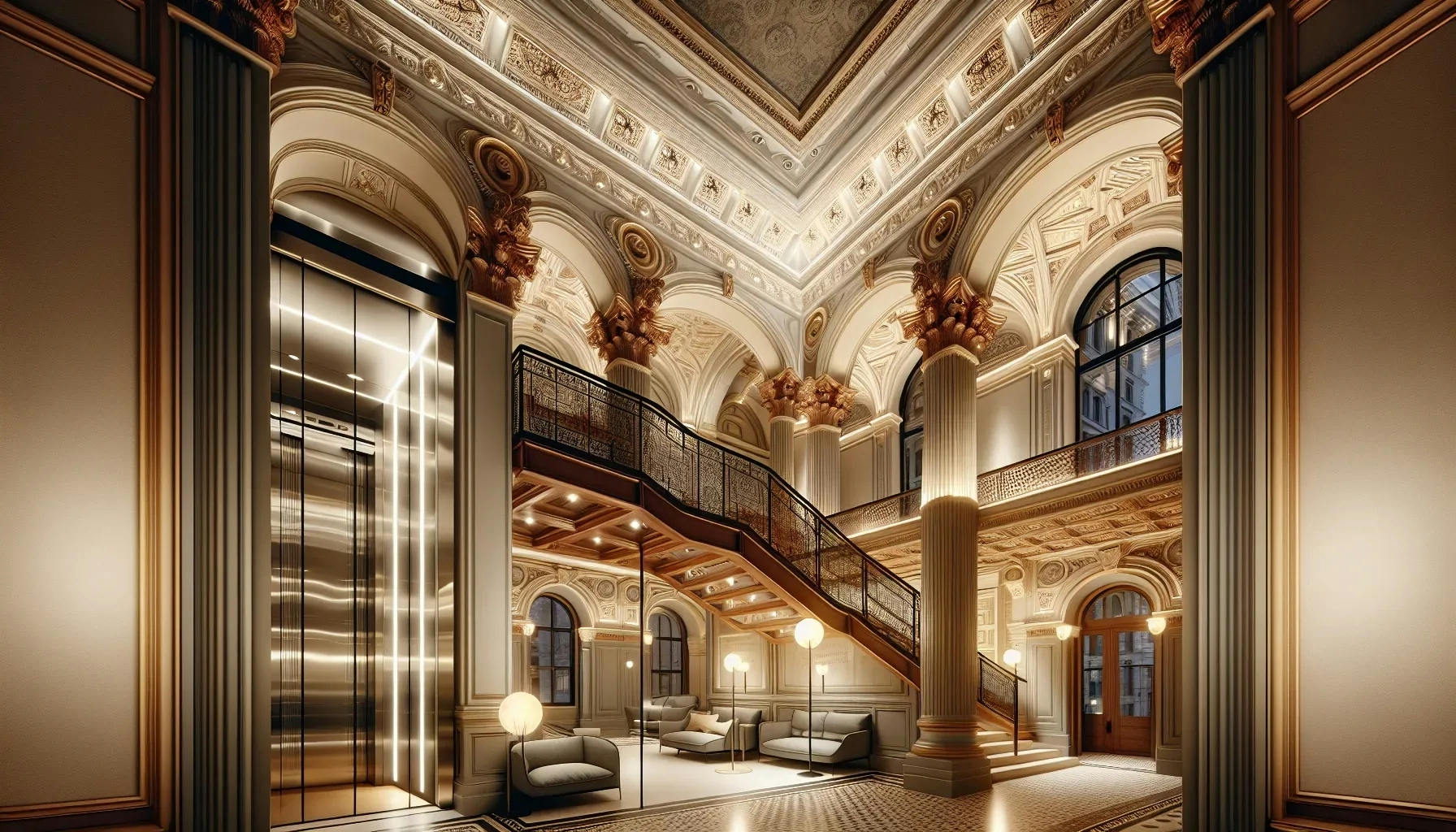How Do Architects Balance Preserving History With Modernizing Functionality?
When it comes to the delicate balance of preserving the past while embracing the future in architecture, insights from a Lead Interior Designer reveal a commitment to respecting historical integrity. Alongside industry professionals, we’ve gathered additional answers that broaden our understanding of this intricate task. From the thoughtful consideration of historical motifs to the strategic merging of old and new materials, explore the diverse strategies that architects employ to honor heritage while ensuring modern functionality.
- Respect Historical Integrity
- Modernize with Sympathetic Materials
- Weave Historical Motifs
- Innovative Respectful Modernization
- Update Function, Preserve Character
- Thoughtful Expansion Enhances Heritage
Respect Historical Integrity
As an experienced interior designer, I've navigated the delicate balance of preserving historical elements while infusing modern functionality into various projects. When approaching such projects, my philosophy is to respect and highlight the historical integrity of the space. This involves careful analysis of the building's original features and purpose. For modernization, I integrate technologies and designs that complement these elements without overshadowing them. For example, in a recent renovation of a 1920s historic hotel, we preserved the original Art Deco elements and enhanced functionality with modern HVAC systems hidden behind custom-designed grates that matched the Art Deco style.
The key is to use materials and technologies that enhance the building's usability without compromising its historical essence. This not only respects the architecture but also provides a functional space that meets today's standards.

Modernize with Sympathetic Materials
Exterior historic remodeling is some of the most difficult because our systems are designed for modern energy efficiency but often don't match the intricate style of the home. However, there are some options that work very well with historically styled homes.
In roofing, modern roofing systems come in many synthetic styles that can mimic the look of slate, tile, or shake roofs that are often seen on historical homes. These shingles are just as (or more) durable than a typical asphalt shingle but with all the character that an older home deserves.
The same is true of replacement windows. With some planning, you can achieve a similar look to the wood windows often present in historical homes. Modern windows come with grids and other features to help them better fit with the appearance of the exterior.
With that being said, although there are many options for a historical appearance with modern materials, some things should just be preserved. Whenever we are doing a remodel on an older home, we try our best to preserve some of the unique details you find on the siding or doors to maintain that beauty and character. We always plan ahead and ensure our crews are cognizant of our end goal!

Weave Historical Motifs
Architects face the challenge of creating spaces that honor the past while meeting the needs of the present. One approach is to weave historical motifs into the fabric of contemporary designs, creating a tapestry of time that respects what came before. This can involve using shapes, patterns, or icons associated with a building's original era.
The resulting structure has the comfort of modern design with a nod to its historical significance. These designs tell a story, inviting the viewer to explore the narrative behind the architecture and be inspired to learn more about the building's history.
Innovative Respectful Modernization
Maintaining the integrity of traditional structures while integrating modern technology is a delicate balance. Architects often employ innovative techniques that allow for the least possible alteration to the original form of a heritage building. This act of respectful modernization ensures that a building continues to serve contemporary purposes without losing its historical essence.
The subtle incorporation of technology makes these old buildings more accessible and user-friendly for today's society. People are encouraged to visit these upgraded historical sites to experience a harmonious blend of past and future.
Update Function, Preserve Character
Fusing historical aesthetics with modern conveniences is an art that requires a keen eye for detail and respect for legacy. Architects adept at this craft understand how to update a place's function without stripping away its character. They reinforce original charm with the comforts expected in today's structures, such as improved lighting and climate control.
These spaces become seamless examples of how the past can be adapted to serve current lifestyles without losing its soul. One should seek out these transformed spaces to appreciate how they bridge the gap between yesterday's elegance and today's comfort.
Thoughtful Expansion Enhances Heritage
Strategic additions to historic buildings can enhance rather than obscure their original beauty. Architects take a thoughtful approach to expansion ensuring that any new structures complement rather than compete with the existing heritage. By doing this, they create a harmonious relationship between the old and the new, allowing the original building's essence to shine through.
Thoughtful design choices protect the narrative of the past while catering to modern requirements. Patrons are invited to observe and enjoy these buildings where heritage is not only preserved but also celebrated.

